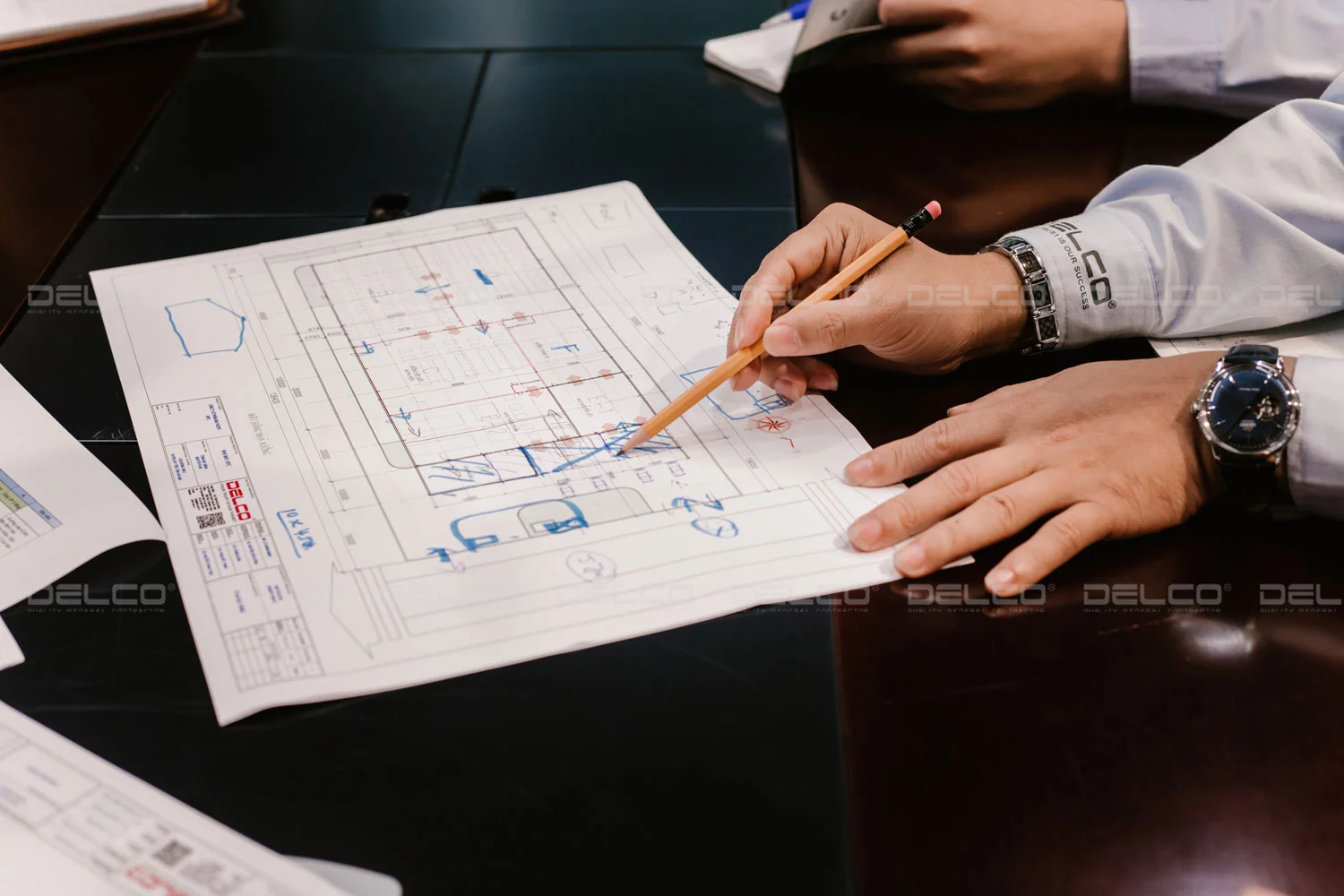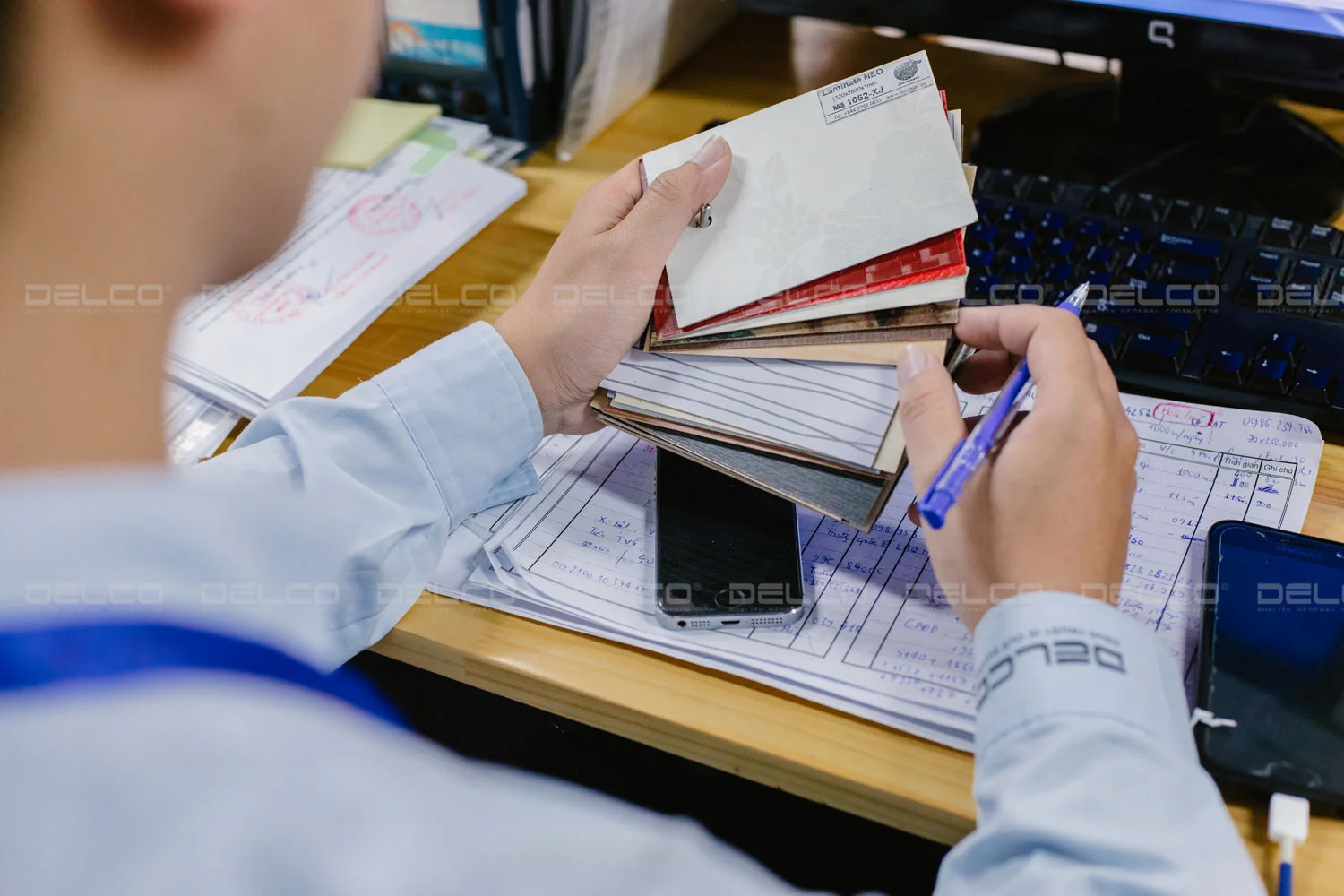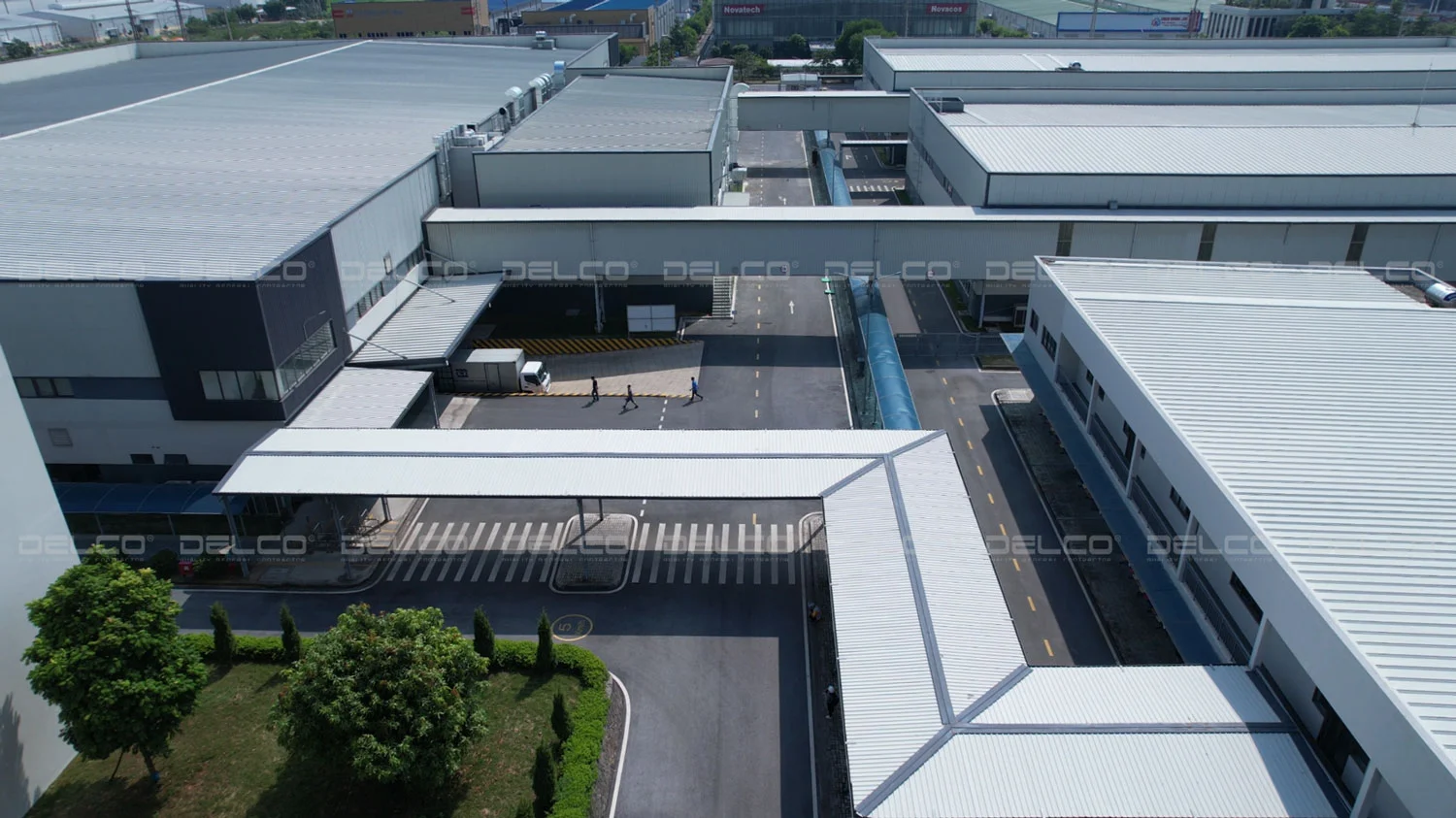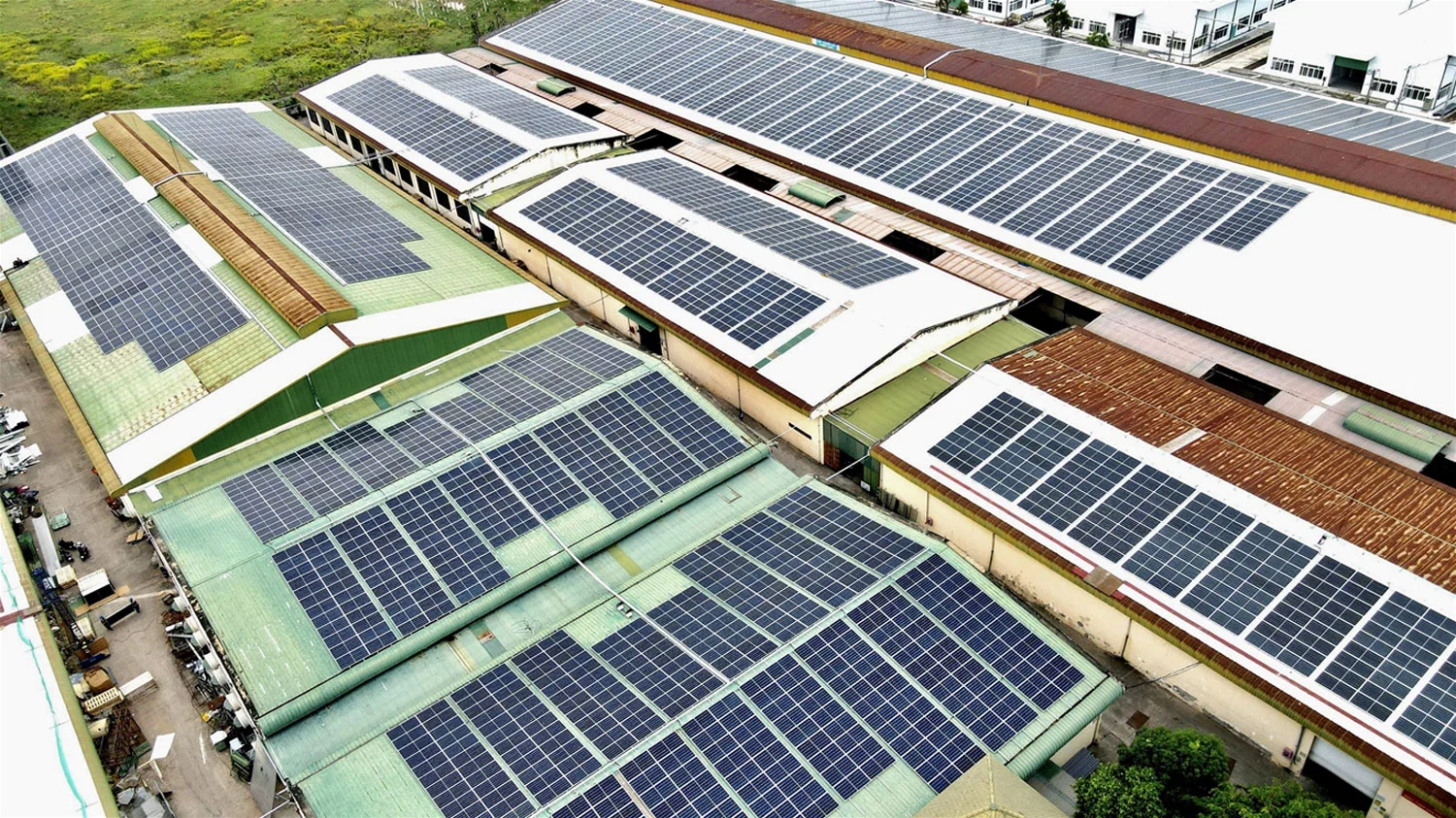V-E is a solution that helps investors optimize budgets during the process of pricing construction projects, but do V-E methods affect the quality and durability of buildings?
What is V-E? The role of V-E in construction projects
V-E, or value engineering, is a method to optimize project value and construction costs by proposing alternative materials and construction methods. V-E in construction focuses on analyzing design drawings and evaluating factors that affect factory construction costs, such as materials and construction methods, to find optimal solutions.

Through proposals for material and equipment substitutions, changes in construction methods, and construction processes, V-E can help reduce investment costs, shorten construction time, lower labor costs, or optimize future operating costs. V-E proposals must be carefully selected to ensure they meet technical standards and design requirements while maintaining construction quality and structural durability.
How is V-E implemented, and what should be noted?
Optimal construction cost solutions with V-E
- Proposing alternative materials and equipment: After thoroughly reviewing architectural and structural drawings, contractors can suggest alternative materials and equipment with similar technical standards but more optimal costs and delivery times. This can save costs or construction time, accelerating the project’s schedule.
- Proposing alternative construction methods: Based on experience and expertise, contractors can propose improved construction solutions that both meet technical standards and enhance project efficiency. For instance, using modern technologies to shorten construction time or adopting innovative construction methods for faster, safer, higher-quality, and more cost-effective execution.
- Proposing technological innovations: Applying advanced technology may initially increase investment costs, but such solutions often offer higher usage value and better return on investment, optimizing long-term operational efficiency. Technological innovation proposals typically focus on energy savings, extending the lifespan of structures, optimizing management processes, and minimizing future operating and maintenance costs.
When to implement V-E
V-E can be applied during the following phases:
- Preliminary and detailed design stages: Optimizing choices of materials and construction methods early in the project.
- Bidding stage: Proposing cost-effective and quality-assured V-E solutions can be a crucial criterion for investors to select the most suitable contractor.
- Construction phase: V-E can continue to be applied during construction, allowing adjustments to methods or material changes to align with actual site conditions.
The most effective application of V-E is as early as possible, particularly during the design and bidding phases. Making changes after construction has begun can be challenging, incur additional costs, and complicate cost management.
Notes for investors when evaluating V-E solutions

During the bidding process, investors often receive numerous V-E proposals aimed at cost optimization. However, it is essential to assess these technical proposals carefully to ensure that adjustments are reasonable and do not compromise construction quality.
V-E must not compromise construction quality
V-E proposals must meet technical standards (specifications) that are equivalent to or better than the original design. Investors may consider rejecting V-E solutions if there are concerns about construction quality. Examples include:
- Differences in material technical standards: panel thickness, wall cladding thickness, wind resistance of roofing sheets, fire resistance rating of materials, water resistance of paint, thermal insulation properties of materials…
- Differences in equipment standards: cooling index and capacity of air conditioners, air extraction capabilities and water flow rates of fire protection systems, equipment warranty commitments…
- Doubts about alternative construction methods not ensuring quality:
- Changes related to foundation pile methods (quantity and length of piles), foundation treatment techniques…;
- Changes affecting floor load capacity or steel structure integrity…;
- Changes impacting the aesthetics or architectural features of the factory;
- Changes involving fire protection systems;
- …
Feasibility of solutions and transparency of technical specifications
Investors must evaluate the feasibility of V-E solutions, including their technical applicability and practical implementation at the project site. These solutions should be clearly presented in the proposed V-E document, with full details on technical specifications, origins, types of materials and replacement equipment, accompanied by documents and calculations to prove that these proposals will not affect the project’s quality.

If such information is missing, investors should require contractors to provide additional details or clarifications before proceeding with the bid evaluation process, ensuring fairness in bidding and construction quality.
Finances and pricing
The quotations accompanying V-E proposals must ensure rationality, balancing costs, construction schedules, and project quality. While costs after V-E can be significantly optimized, they should not be reduced to an unrealistic level. Investors need to carefully assess to select the most optimal solutions, ensuring both quality and effective control of factory construction costs.
V-E submissions on time, complying with bidding regulations
V-E proposals must be submitted on time as required by the investor, ensuring an objective and transparent bidding process. If contractors submit additional proposals after the deadline, investors have the right to question the transparency of these V-E submissions and reject the supplementary V-E documentation.
See also: Glossary related to factory construction costs – Part 1: Distinguishing between BOQ and BOM
See also: Comprehensive Quotation of Factory Design and Build in Vietnam
See also: Managing and Controlling Quality and Progress in Factory Construction






